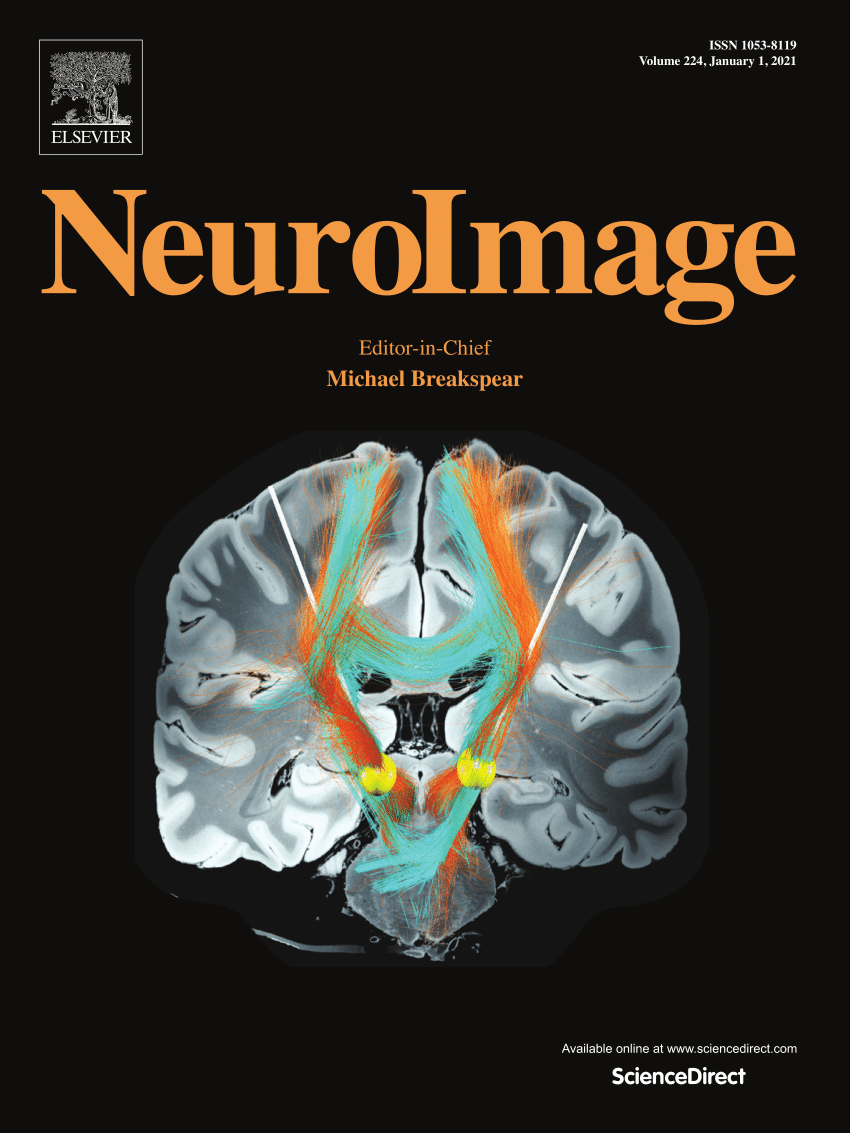Strength of activation and temporal dynamics of bioluminescent-optogenetics in response to systemic injections of the luciferin
IF 4.7
2区 医学
Q1 NEUROIMAGING
引用次数: 0
Abstract
BioLuminescent OptoGenetics (“BL-OG”) is a chemogenetic method that can evoke optogenetic reactions in the brain non-invasively. In BL-OG, an enzyme that catalyzes a light producing reaction (i.e., a luciferase) is tethered to an optogenetic element that is activated in response to bioluminescent light. Bioluminescence is generated by injecting a chemical substrate (luciferin, e.g., h-Coelenterazine; h-CTZ) that is catalyzed by the luciferase. By directly injecting the luciferin into the brain, we show that bioluminescent light is proportional to spiking activity, and this relationship scales as a function of luciferin dosage. Here, we build on these previous observations by characterizing the temporal dynamics and dose response curves of bioluminescence generated by luminopsins (LMOs), a proxy of BL-OG effects, to intravenous (IV) injections of the luciferin. We imaged bioluminescence through a thinned skull of mice running on a wheel, while delivering h-CTZ via the tail vein with different dosage concentrations and injection rates. The data reveal a systematic relationship between strength of bioluminescence and h-CTZ dosage, with higher concentration generating stronger bioluminescence. We also found that bioluminescent activity occurs rapidly (< 60 s after IV injection) regardless of concentration dosage. However, as expected, the onset time of bioluminescence is delayed as the injection rate decreases. Notably, the strength and time decay of bioluminescence is invariant to the injection rate of h-CTZ. Taken together, these data show that BL-OG effects are highly consistent across injection parameters of h-CTZ, highlighting the reliability of BL-OG as a minimally invasive neuromodulation method.
全身注射荧光素后生物发光-光遗传学的激活强度和时间动态。
生物发光光遗传学(BioLuminescent OptoGenetics,简称 "BL-OG")是一种化学遗传学方法,可以非侵入性地唤起大脑中的光遗传反应。在 BL-OG 中,催化产光反应的酶(即荧光素酶)与光遗传元件相连,光遗传元件在生物发光时被激活。生物发光是通过注入由荧光素酶催化的化学底物(荧光素,如 h-腔肠素;h-CTZ)产生的。通过将荧光素直接注入大脑,我们发现生物发光与尖峰活动成正比,并且这种关系随着荧光素剂量的增加而变化。在此,我们在之前观察到的基础上,对静脉注射荧光素后发光素(LMOs)产生的生物发光的时间动态和剂量反应曲线进行了表征,发光素是BL-OG效应的代表。我们以不同的剂量浓度和注射速度通过尾静脉注射 h-CTZ,同时通过小鼠在轮子上奔跑的薄头骨对生物发光进行成像。数据显示,生物发光的强度与 h-CTZ 剂量之间存在系统关系,浓度越高,生物发光越强。我们还发现,无论浓度剂量如何,生物发光活动都会迅速发生(静脉注射后小于 60 秒)。然而,正如预期的那样,随着注射速度的降低,生物发光的开始时间也会推迟。值得注意的是,生物发光的强度和时间衰减与 h-CTZ 的注射速度无关。总之,这些数据表明,BL-OG 的效果在不同的 h-CTZ 注射参数下高度一致,突出了 BL-OG 作为一种微创神经调控方法的可靠性。
本文章由计算机程序翻译,如有差异,请以英文原文为准。
求助全文
约1分钟内获得全文
求助全文
来源期刊

NeuroImage
医学-核医学
CiteScore
11.30
自引率
10.50%
发文量
809
审稿时长
63 days
期刊介绍:
NeuroImage, a Journal of Brain Function provides a vehicle for communicating important advances in acquiring, analyzing, and modelling neuroimaging data and in applying these techniques to the study of structure-function and brain-behavior relationships. Though the emphasis is on the macroscopic level of human brain organization, meso-and microscopic neuroimaging across all species will be considered if informative for understanding the aforementioned relationships.
 求助内容:
求助内容: 应助结果提醒方式:
应助结果提醒方式:


